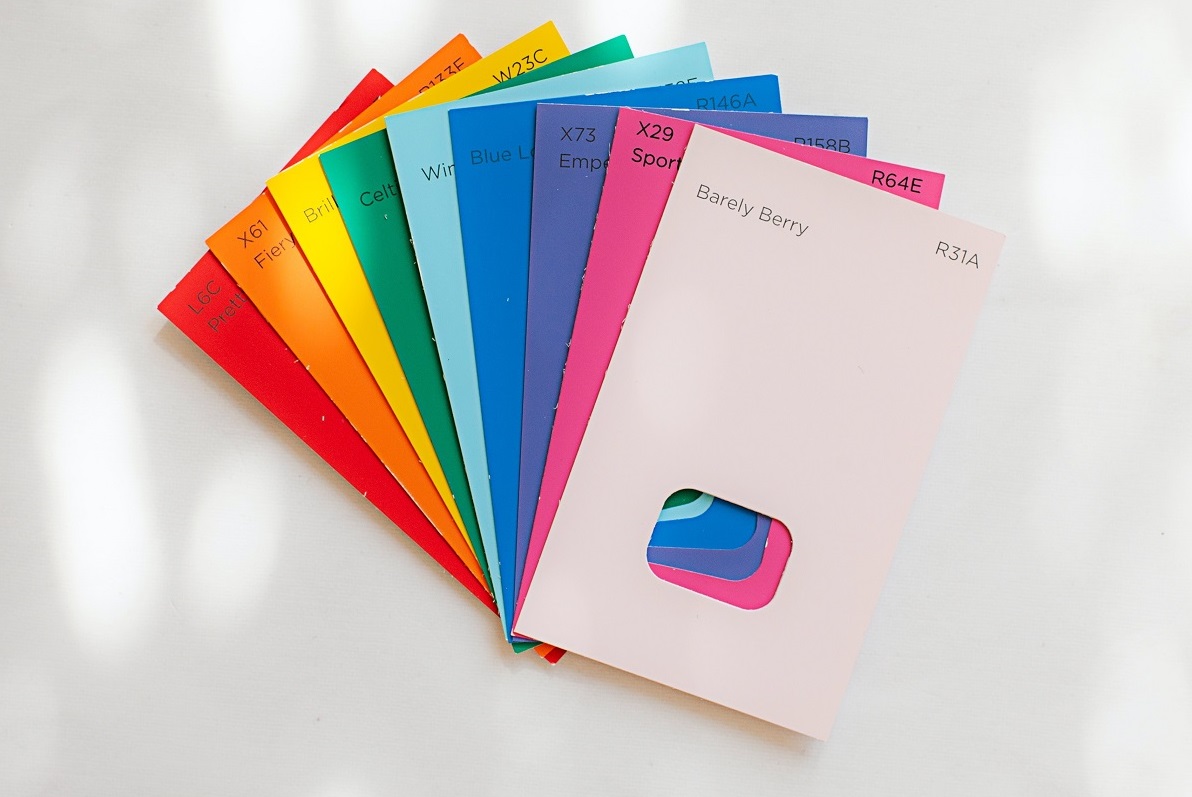Rudy Luukko: Hi, I'm Rudy Luukko with Morningstar Canada. With me is Bill Tilford of RBC Global Asset Management where he is head of quantitative investments. Bill has had an extensive career. He previously worked at Connor, Clark & Lunn in senior positions and also at the Canada Pension Plan Investment Board. Back in his university days he earned a mathematics degree, then a mathematics master's degree and he is also an accounting expert. All in all, an excellent background for a career that's been dedicated to by the numbers investing.
Bill thanks for coming.
Bill Tilford: Thanks, Rudy.
Luukko: First of all, the simplest form of quantitative investing is traditional market cap indexing, but you're doing something different from that.
Tilford: Yes, we are. We're modifying market cap to recognize some economic reality in companies. Market cap weighting by definition is always rearview mirror looking, we think of Apple and the S&P 500, it ultimately went to a 5% weight and has drifted down to 3%. That's a good example of the fact that we've seen competition arrive for Apple over the last few years. As a result, Apple's influence on the S&P 500 has dropped.
Market cap weighting doesn't recognize that economic threat. We've actually produced a weighting mechanism that recognizes economic competition. It also helps with the liquidity characteristics of companies. So, we end up with a more forward-looking weighting mechanism.
Luukko: And you also tried to produce superior risk adjusted returns and what are some of the methods that you used to try to achieve that?
Tilford: We take a very multidimensional approach or looking at many things at once. So we care about value, we care about growth within those characteristics. We'll look at multiple measures, not just looking at simple P/Es or price to books.
So we take a much more multidimensional approach to the problem and that ultimately produces a better forecast as we look forward, and also a better risk-adjusted forecast because we're looking at so many things at once.
Luukko: Now in the retail space, you and your team mates in RBC have been applying these principles, both in mutual funds and ETFs. First in the mutual funds, tell us about the QUBE Low Volatility and what types of strategies are being applied there?
Tilford: So the QUBE Low Volatility suite is specifically designed for very conservative investors. The beta, if you will, of those portfolios are much lower than the market. It's all about capital preservation in those funds and to do that we focus on, for example, the stability of the balance sheet, stability of cash flows of companies [in order] to produce a very conservative portfolio that preserves capital in down markets, but doesn't necessarily produce an incredible return during great up markets like we might have saw last year.
So you end up with, over the entire business cycle, a very conservative portfolio that still produces a great return for our clients and certainly a better risk-adjusted return.
Luukko: So equity exposure, but less risk. Also more recently in January of this year, RBC introduced a new suite of ETFs the Quant Dividends Leaders and you and your team are responsible for those. What's the concept there?
Tilford: So, those products are specifically focused on providing income to clients. Our initial effort is to focus on the yield of the dividend of companies. And then specifically, once we look at companies that have good income levels, we want to make sure that they're going to maintain and sustain their dividends. So, we look at profitability of these companies. We look at the strength of their balance sheets to make sure that their dividends are not only going to be maintained, but potentially grow because the biggest problem with the simple income screen is that you might end up with a company that's unfortunately going to have to cut its dividends.
Often times you get companies with a high dividend yield and it’s high because we've got corporate distress. We want to avoid those situations. Again, a fairly conservative portfolio, but more of an income focus.
Luukko: How have these funds done so far? I realize it's very early going, just a few months, but you're encouraged I understand by the early results.
Tilford: Yeah, we're absolutely encouraged. We've now been operating for a little over three months and we've been delivering on our promise. We're happy to say that those ETFs are well ahead of their benchmarks and well ahead of their peers, since inception. We're very thrilled with what we've been able to do and I think our focus as we think about the fundamentals of the businesses that go into the portfolio, the balance sheets of these companies, the profitability issues, that's a key indicator for us to make sure that we're sustaining and growing a portfolio of dividend income stocks.
Luukko: Now the mutual funds, the QUBE Low Volatility, they don't have very long track records. However, they do have a one-year return and looking at those returns, the lowest was over the most recent 12 month period ending April 30 and it was 14.9% and up. The only blemish one would see while going through PALTrak or other fund measurement tools, is that those were in the fourth quartile of their peer groups as the fund measurement firms like ours put them. So double-digit returns, but fourth quartile performance, so it's kind of like a mixed assessment, but what would be your assessment of how those funds have done?
Tilford: Well, those funds are not really meant or designed to be compared to typical Canadian equity mutual funds or U.S. mutual funds. Low volatility for us is really like another style. So to the extent that we think of growth and value as a style, low volatility is another style and that implies something as it speaks to the conservative nature of the funds.
So, if you think of the markets over the last 12 months, for example the U.S. market has been up 20%, 30% over that time period. Those are not markets that we expect to be producing sexy returns. It's about producing a consistent return—certainly 15% is pretty nice—and preserving capital in those down markets. Certainly, if you think of the last few weeks as we correct here, they've been delivering on that promise as we go through a little more volatile period over the last few weeks.
Luukko: Yes, I don't reckon too many investors would be complaining about that and so far so good I suppose and your point is well taken that growth value should be best measured against other growth managers and low volatility managers against other low volatility managers. But it is more of an emerging category and so as time goes on, I think we'll have more basis of comparison.
The Dividend Leaders Funds, you have one for the Canadian market, one for the U.S., one for the overseas developed markets, the EAFE markets. I'm just wondering, are some of these markets more conducive to your type of quantitative investing approach than others?
Tilford: I think that's a great question. So, we think about opportunity sets, we always think about the number of companies that we can analyze and build and review in each market. So think of Canada, for example, with maybe 300 or 400 companies, that potentially is a tougher market for us to add value and then the U.S. market, because in the U.S. we have several thousand companies or globally we have several thousand.
Now that said, we find that we were able to add value in all markets. There is an efficiency argument in Canada as well, where we're less efficient than the results that we get in the U.S. market, and I'm sure you see that in your analysis as well.
So there's a play off there, breadth that we think is important, so U.S. EAFE gives us breadth and then in Canada with less breadth we do see better opportunities, if you will, to produce good results.
Luukko: Very interesting. Well, Bill, thanks very much for coming and for your comments. Thank you for watching and please keep coming back for more coverage on investments and personal finance to Morningstar.ca.










:quality(80)/cloudfront-us-east-1.images.arcpublishing.com/morningstar/5WSHPTEQ6BADZPVPXVVDYIKL5M.png)



:quality(80)/cloudfront-us-east-1.images.arcpublishing.com/morningstar/Q3KIND5VXRCNHHH6JQHCCYBSSA.png)







